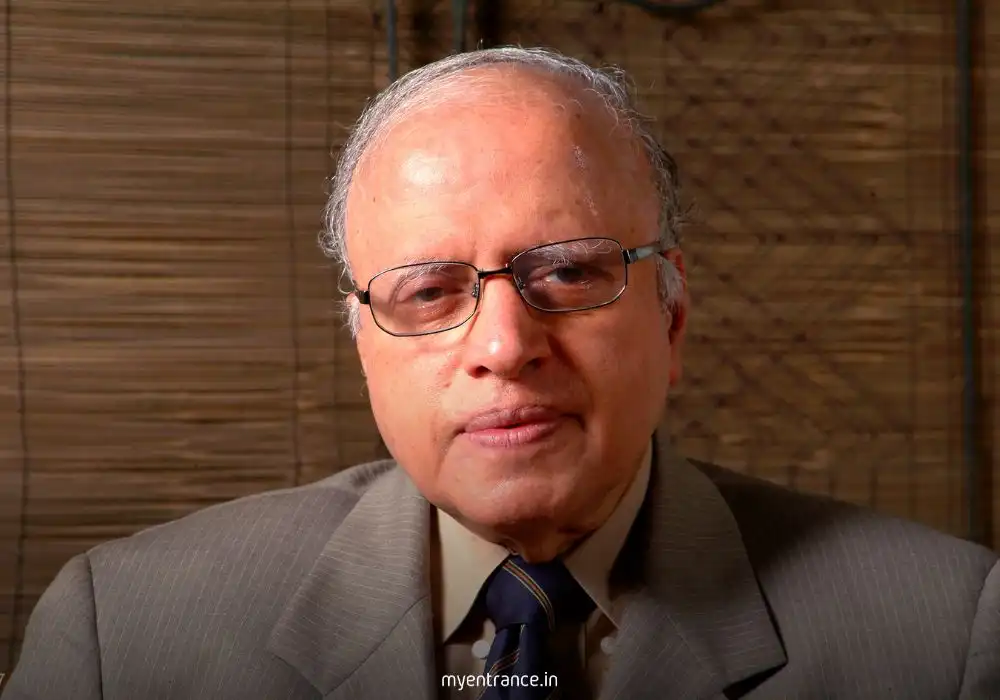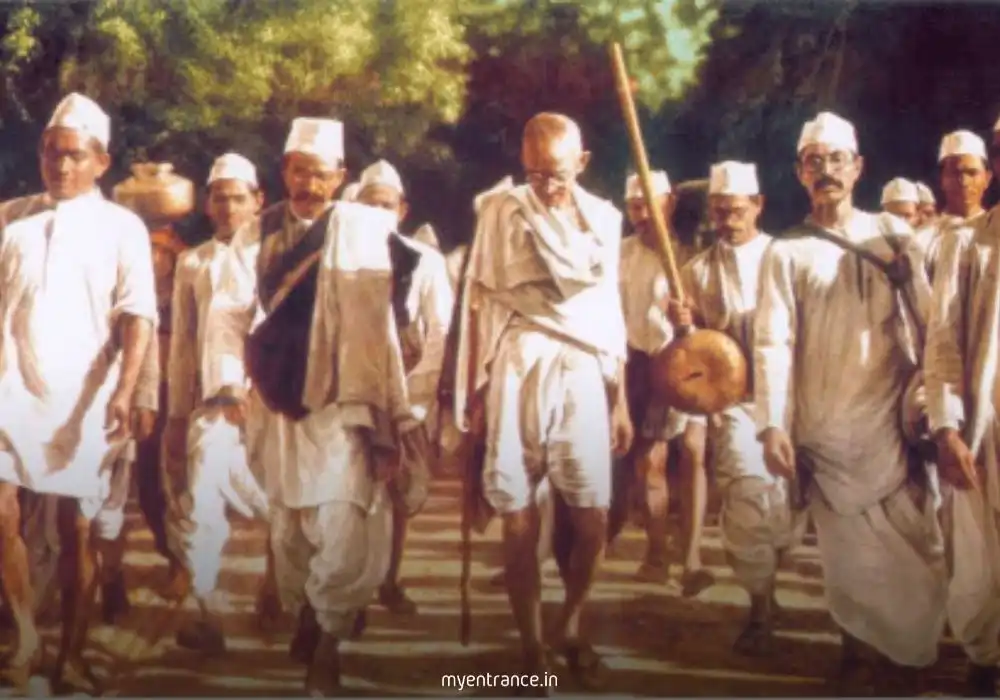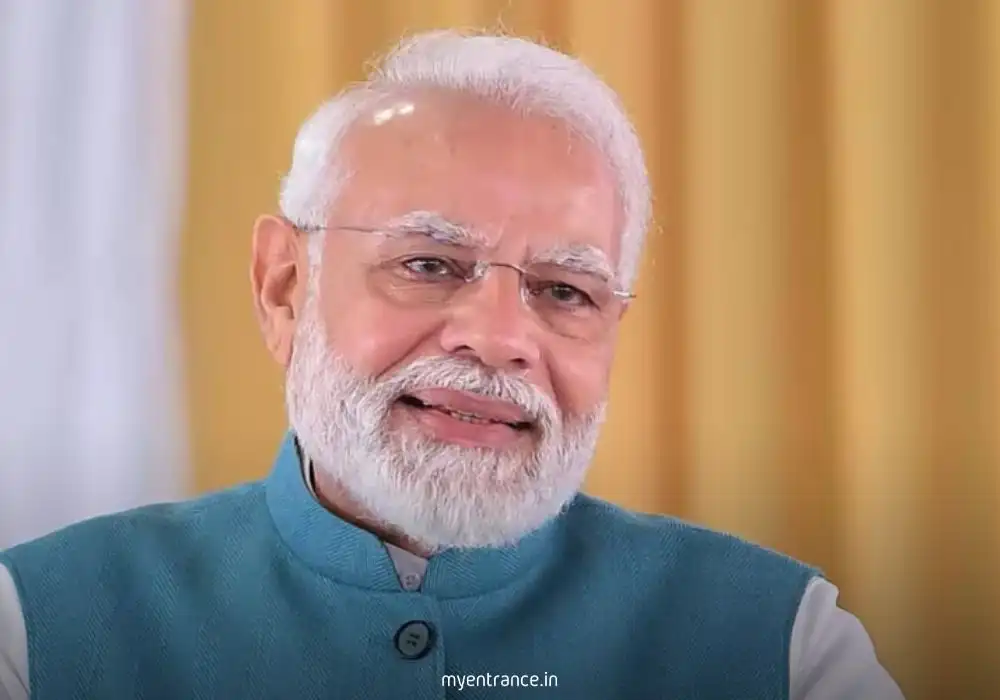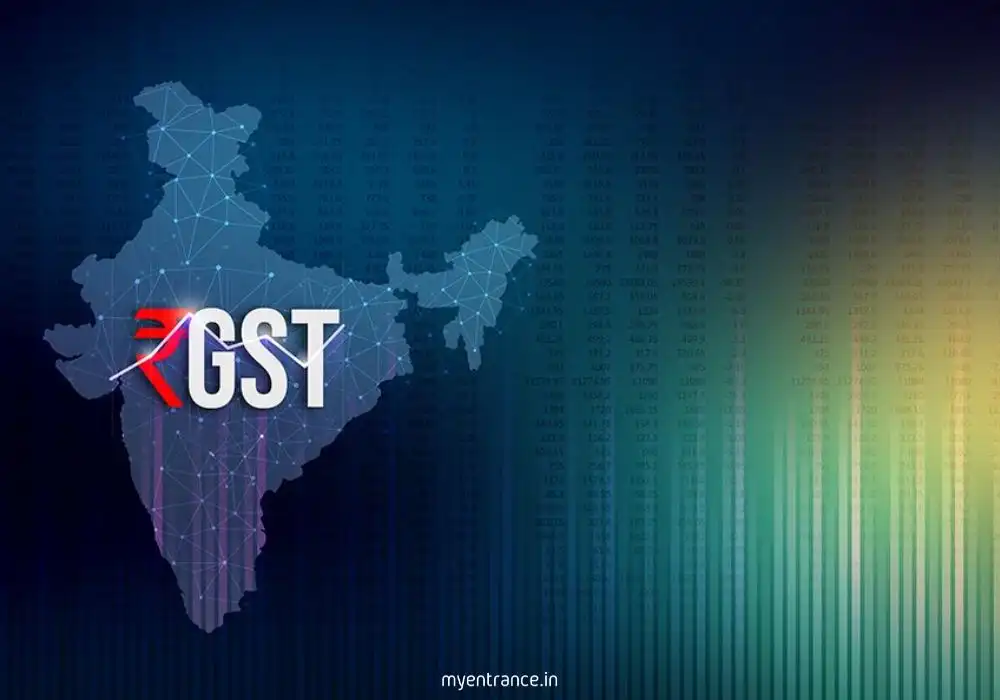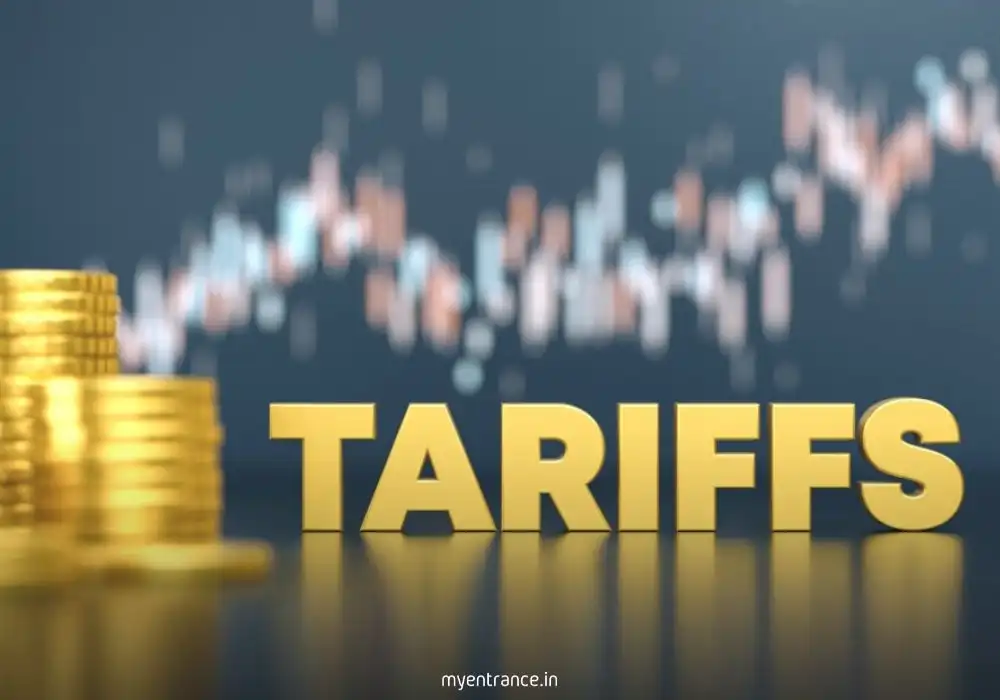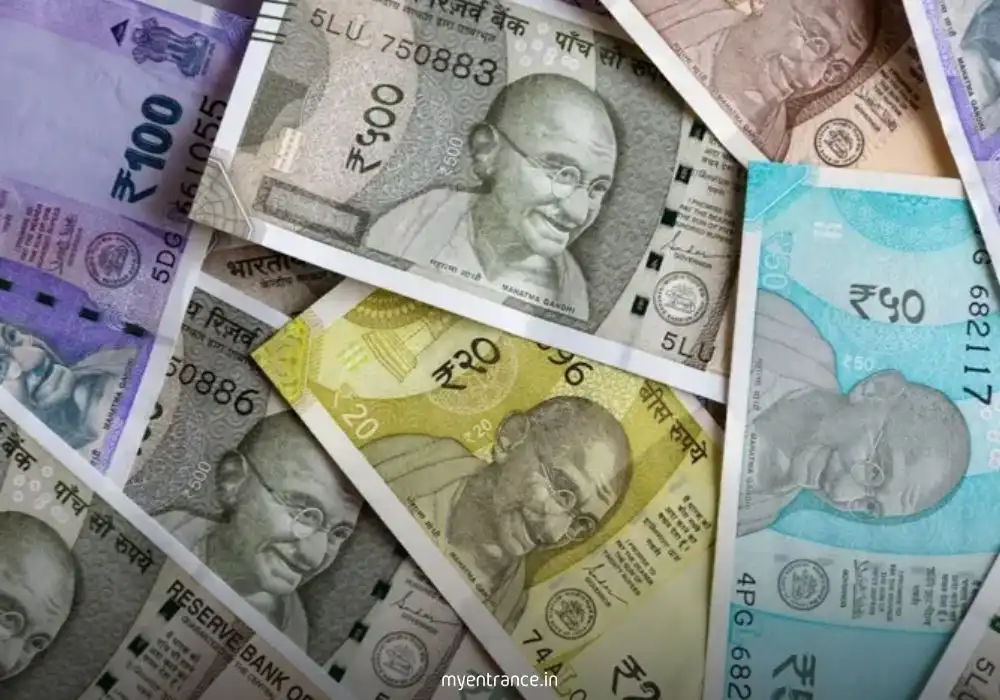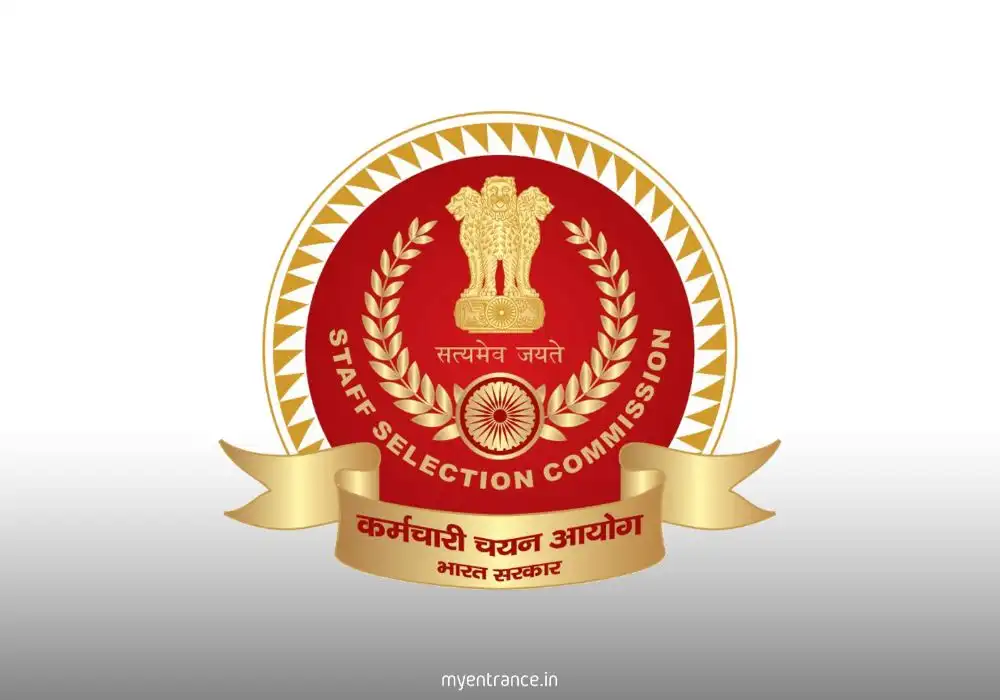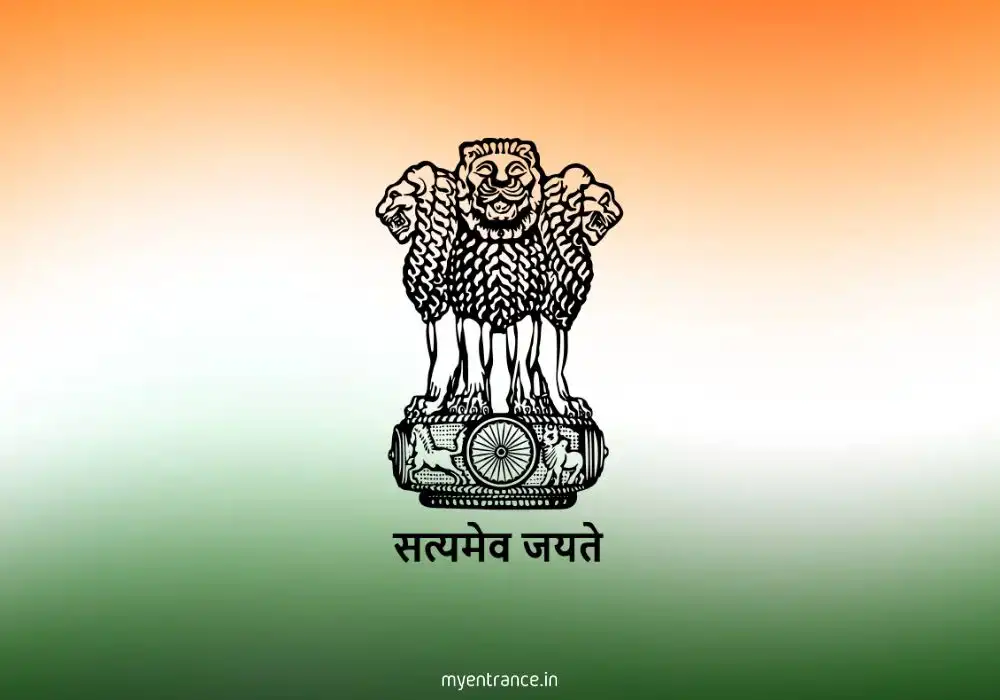Translate Language
Government of India: Structure and Functions – A Complete Guide
The Government of India is the supreme governing body of the world’s largest democracy, functioning under a parliamentary system as defined by the Constitution of India. Established on January 26, 1950, it governs 28 states and 8 Union Territories, ensuring democracy, secularism, and social justice.
For aspirants preparing for UPSC, SSC, PSC, NID, NIFT, KAS, and other competitive exams, understanding the Indian government’s structure is crucial. This guide breaks down its three main branches, federal system, and constitutional responsibilities in an easy-to-understand format.
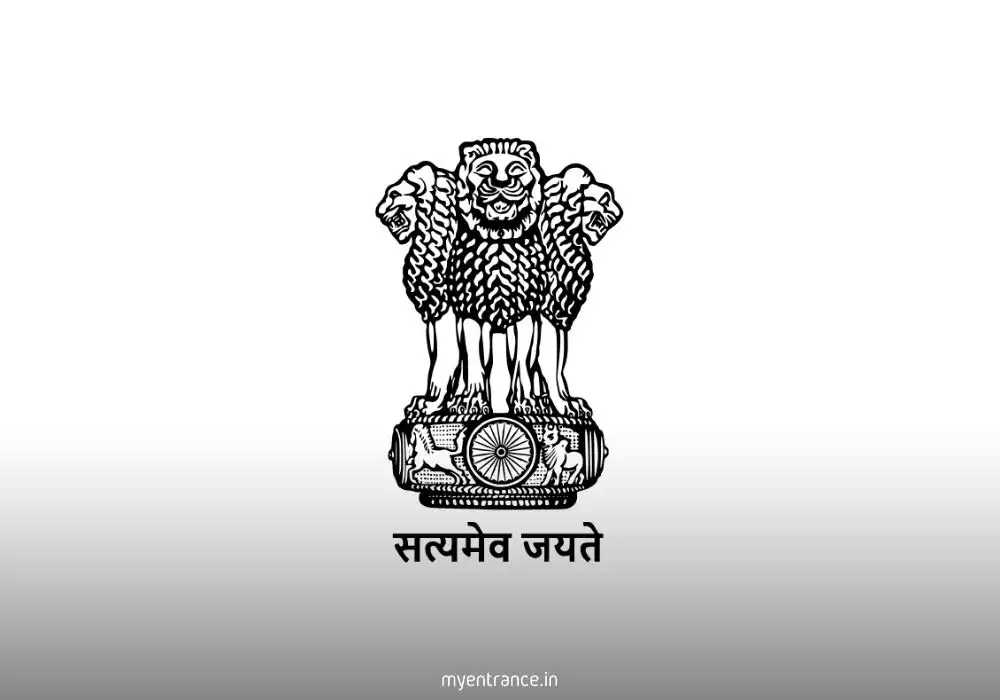
About the Government of India
1. Executive Branch
The executive branch implements laws and policies. It consists of:
President of India – The ceremonial head and supreme commander of the armed forces.
Prime Minister – The real executive head, leading the Council of Ministers.
Council of Ministers – Includes Cabinet Ministers, Ministers of State, and Deputy Ministers, each handling specific ministries (e.g., Finance, Defence, Education).
Bureaucracy – Managed by IAS, IPS, IFS officers, ensuring smooth administration.
The President is elected by an Electoral College (MPs and MLAs), while the Prime Minister is the leader of the majority party in the Lok Sabha.
2. Legislative Branch (Parliament)
India’s bicameral Parliament consists of:
Lok Sabha (House of the People) – 545 members directly elected by citizens.
Rajya Sabha (Council of States) – 245 members, mostly elected by state legislatures, with 12 nominated by the President.
Key Functions:
Enacts laws on subjects in the Union and Concurrent Lists.
Approves budgets and policies.
Holds the government accountable through debates and committees.
3. Judicial Branch
The independent judiciary ensures justice and constitutional protection:
Supreme Court of India – Highest court, with writ jurisdiction (Article 32) to protect fundamental rights.
High Courts – One in each state or group of states.
District & Subordinate Courts – Handle local legal matters.
Judges are appointed by the President based on recommendations from the Collegium System.
4. Federal Structure & Division of Powers
India follows a quasi-federal system, with powers divided between:
Union List (Defence, Foreign Affairs) – Only Central Govt. can legislate.
State List (Police, Agriculture) – Only States can legislate.
Concurrent List (Education, Marriage) – Both Centre & States can make laws.
In case of conflicts, the Supreme Court intervenes.
5. Key Ministries & Responsibilities
Some crucial ministries include:
Ministry of Home Affairs – Internal security, police, disaster management.
Ministry of Finance – Budget, taxation, economic policies.
Ministry of Defence – Armed forces, national security.
Ministry of External Affairs – Foreign relations, diplomacy.
6. Elections & Accountability
Election Commission of India conducts free & fair elections.
Lok Sabha elections occur every 5 years (unless dissolved earlier).
CAG (Comptroller & Auditor General) audits government finances.
CVC (Central Vigilance Commission) checks corruption.
Questions & Answers for Competitive Exams
Q1: Who is the head of the Indian State?
Ans: The President of India is the ceremonial head, while the Prime Minister is the real executive head.
Q2: How many members are there in the Rajya Sabha?
Ans: 245 members, with 233 elected by states/UTs and 12 nominated by the President.
Q3: What is the role of the Supreme Court under Article 32?
Ans: It allows citizens to directly approach the Supreme Court to enforce Fundamental Rights through writs.
Q4: Which body conducts elections in India?
Ans: The Election Commission of India, an autonomous constitutional authority.
Q5: What are the three lists in the Indian Constitution?
Ans: Union List, State List, and Concurrent List – defining legislative powers between Centre & States.
Conclusion
The Government of India is a well-structured democratic system balancing central authority and state autonomy. For UPSC, SSC, PSC, and other exam aspirants, mastering its framework is essential. Stay updated with daily quizzes and mock tests on MyEntrance.in to ace your exams!
Get 3 Months Free Access for SSC, PSC, NIFT & NID
Boost your exam prep!
Use offer code WELCOME28 to get 3 months free subscription. Start preparing today!


